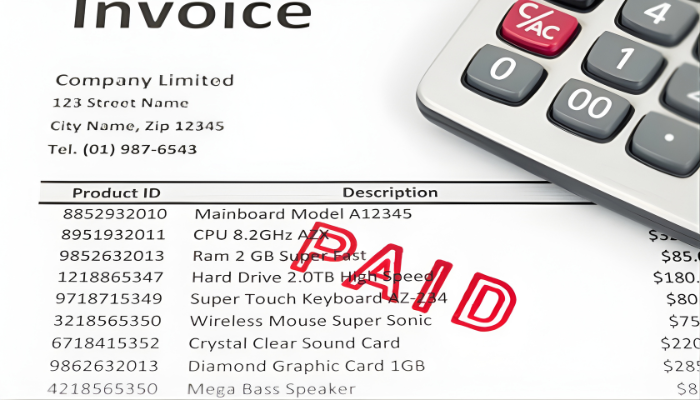
Onboarding is the process of bringing a new employee into your staffing agency. This is not a single event and not an orientation. It is an involved process designed to assimilate a new employee into the client company's culture. It is customized to the new hire's role in the client organization. It involves the new hire, the client's designated manager, his new co-workers, and the staffing agency.
The goal of onboarding to build key relationships in the department, to let the new hire gain necessary knowledge, and to give that person the opportunity to integrate into the overall organization.
Effective Onboarding
But, how do you create a staffing onboarding process that is effective for both the new hire and the client?
- Plan ahead. Staffing agencies often have hundreds of employees working and dozens, or hundreds, of client sites. To successfully onboard these employees into each work place, planning is critical. Every position needs to have a basic onboarding process in place before the new hire arrives on the first day. What are the objectives of the process? Will there be a mentor available? Where should this person report on the first day? What role should the new hires's co-workers play? What equipment will the client need to provide the new hire on the first day?
- Start the onboarding process before the new hire arrives at the client site. Give the new hire information on the client company, its history, and job expectations. Offer basic facts about the client's industry and niche. Detail the client's company culture and operating environment. This helps the new hire orient to the new work place faster. It also lowers the number of basic questions the employee will need to ask.
- Insist the client start with the basics and work up. It takes time for even the most skilled new hire to come up to speed on all the nuances of a particular workplace. The client should start with a basic assignment and add additional work as the person comes up to speed on what is required.
- Offer peer mentoring and safe havens. If you have had other employees work at the client, now or in the past, see if one of them might be willing to mentor the new hire. This helps the new hire get oriented to the new environment and offers them a safe place to ask "dumb" questions he or she might be hesitant to ask the client's employees or managers.
- Create social opportunities with other staffing employees. Temporary staff are in a unique position within a client's company. They work on projects with client employees, but are not employees. They participate in some meetings, but none of the meetings for client employees only. It can isolate temporary staff in some ways. Offering the temporary staff a chance to socialize among themselves offers the chance to make connections with other people in their position.
- The onboarding process does not start and stop on the first day or during the first week. Many new hires spend the first few days with paperwork, workplace orientation, and just getting familiar with how things work. Then, the client has the expectation of the new person getting to work and becoming productive. This is where the onboarding process becomes critical. The new person needs the chance to ask questions and to discuss progress/problems. The new hire needs time to digest information and have the chance to ask questions or to repeat training as necessary.
- Ensure the client is prepared for the new hire's arrival. A new hire cannot be effective without the necessary tools to succeed at the job. Clients should have a work space ready for the new hire with all the appropriate tools and equipment available. They should be prepared to orient the new hire upon arrival or at least sometime on the first day.
- Make communication and feedback a priority. New hires are often hesitant to ask questions or to get clarification, especially in temporary staffing situations. The new hire should have a point of contact at the staffing agency as well as the client company for communication. And communication and feedback should be constantly encouraged. It is better to identify problems early and solve them, before either the employee or the client becomes dissatisfied.
Staffing agencies are in the business of providing talent to client employers. But, to fulfill that role, they must give new hires a chance at successful integration into the client's culture. That is where an onboarding process becomes critical.














